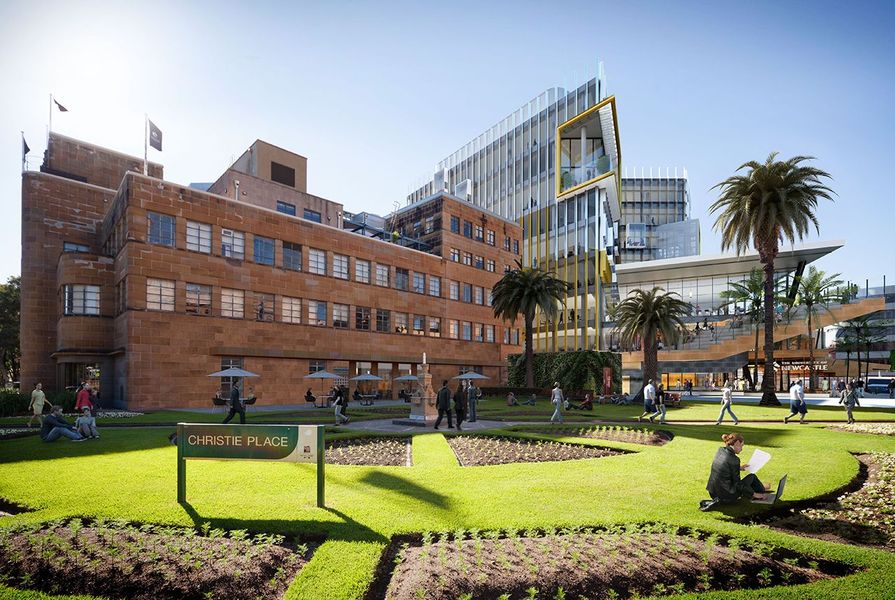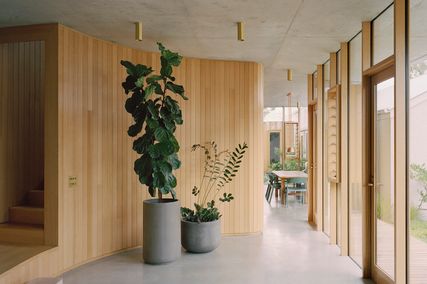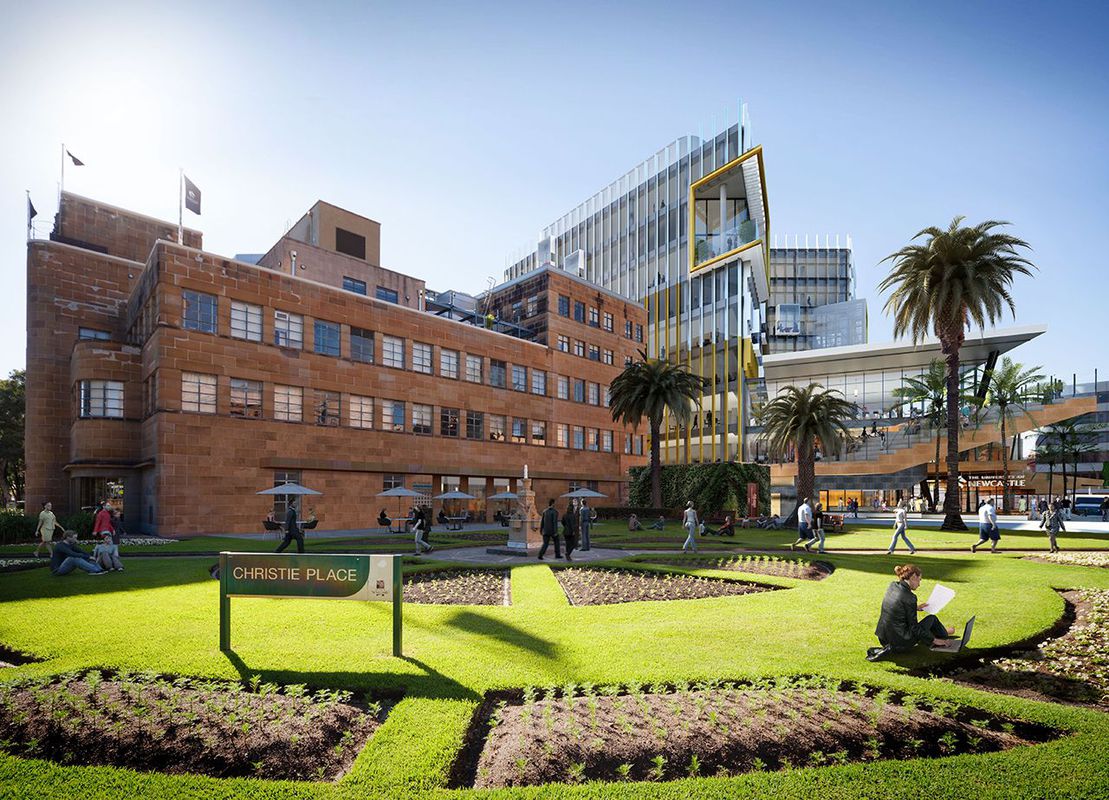The University of Newcastle (UON) has proposed a radical restructure of its School of Architecture and Built Environment, which would see a significant reduction of staff in the field of architecture and an increased focus on construction management.
Under the proposed changes, announced on 23 August, the equivalent of four full-time staff working within architecture would be lost. The industrial design department would also suffer a loss, with one full-time equivalent position to be cut, while construction management would be bolstered by five full-time positions.
Pro vice-chancellor of the Faculty of Engineering and Built Environment professor Brett Ninness said the proposal would not affect the content or quality of the architecture programs offered by the university, and reflected “a new and dynamic future” for the school.
Dwindling interest in the university’s undergraduate architecture degree and greater student demand for the construction management degree – now the university’s third largest degree – had brought about the need for change, according to Ninness.
“Less than half the number of students enrolled in the construction management program are enrolled in the bachelor of architecture,” he said. “At the moment there’s this imbalance between the student-staff ratio, with a similar number of staff across both programs.”
According to a statement released by the university, the faculty has been in discussion with staff regarding the new direction and vision for the school since 2015, and the proposed changes are a result of “extensive internal and external consultation.”
Along with the proposed staffing restructure, the faculty has also proposed a renewed focus on building enrolments in architecture and industrial design by “providing educational offerings which differentiate UON from its competitors.”
“With these changes we will be completely capable of delivering the same quality of architecture program, if not better,” Ninness said, suggesting that aspects of the way the program is currently run are not benefiting students.
“We’ve had a focus on certain research that has taken away from teaching. The capability in teaching has not been uniform across the faculty and that’s something we’re looking to redress.”
The University of Newcastle was ranked 45th in the Architecture and Built Environment category of the QS World University Rankings for 2017, which had slipped from 40th in 2015. Australia’s best ranked universities for architecture in 2017 were The University of Sydney (equal 15th), The University of Melbourne (19th) and University of New South Wales (22nd).
While there would be no overall change to the amount of staff across the school, some architecture and industrial design academics would be required to reapply for jobs as part of the school’s new direction.
National Tertiary Education Union (NTEU)’s Newcastle branch president, Tom Griffiths, said the union had discussed the proposed changes with the university.
“Our understanding, without prejudicing what happens, is that a number of positions within the area of architecture will be declared vacant – spill and fill is the less pleasant term to use,” he said. “People internally will get the opportunity to reapply for those positions and there will be a new position description to align with this new direction they’re taking.”
An external moderator would be brought in to facilitate the transition, and professor Ninness said that while he could not “guarantee or deny” that staff would keep their jobs, the process would be transparent and fair.
The NTEU’s Griffiths said job losses would be a possibility under the proposed changes and the union would be strongly advocating for no forced redundancies.
“The indications from management were that some current academics in architecture may not have the ‘skill set,’ to use their terminology, that fits the new direction,” he said. “We’re expecting there will be some current academics who will lose their job.”
The university will be now seek feedback from staff on the proposed changes.
















